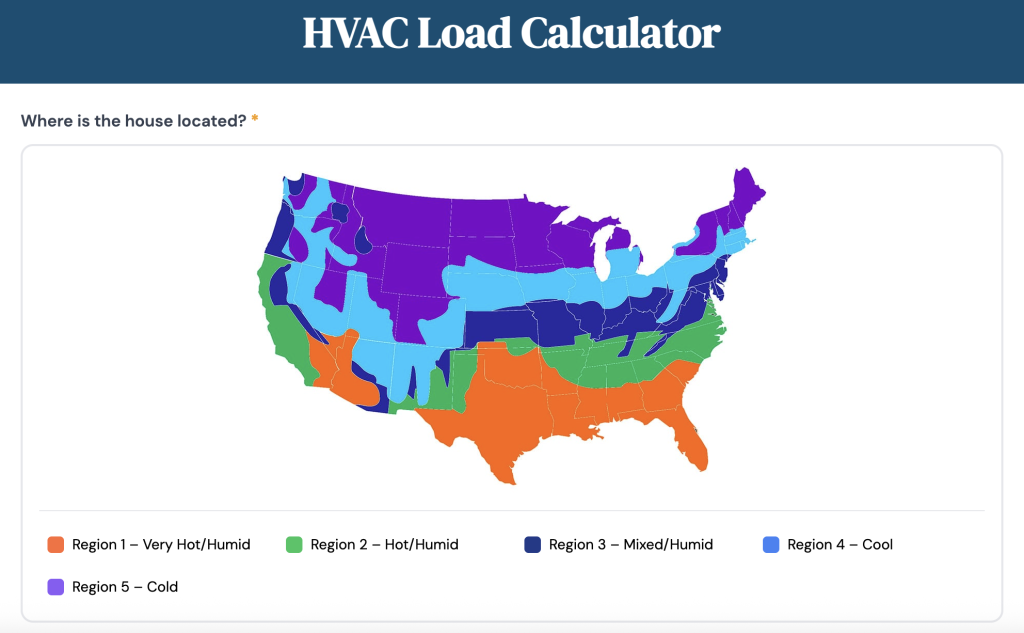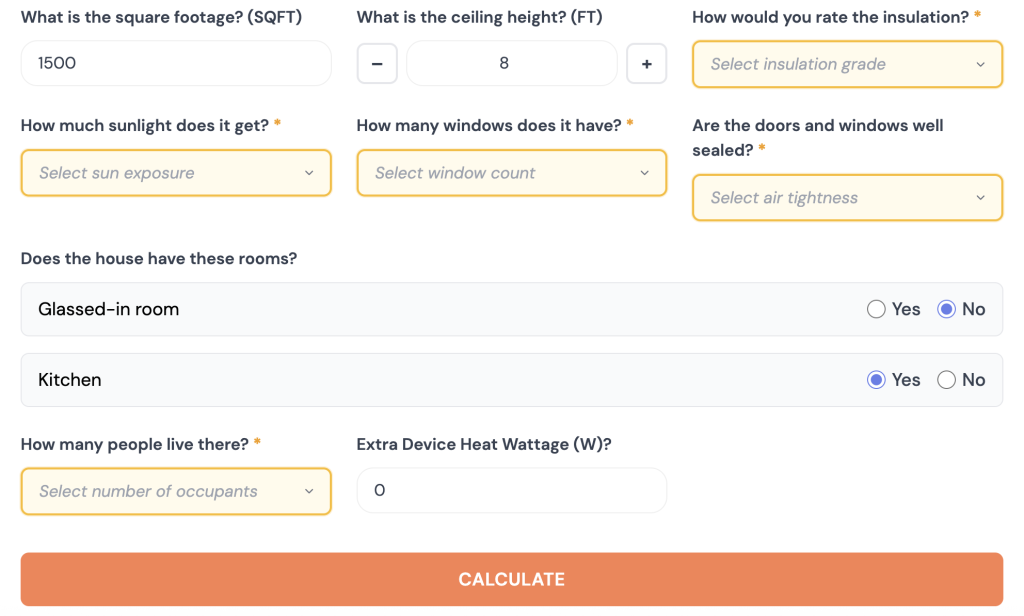The Truth About AC Sizing for Contractors

We all know the saying: measure twice, cut once. Yet when it comes to AC sizing for contractors, too many professionals skip the measuring altogether. Across the HVAC industry, “good enough” sizing has replaced proper load calculations. Systems are installed too large, too fast, and with too little thought. The result? Unhappy customers, high utility bills, and a quiet erosion of trust in the trade itself.
It is not just a technical issue. It is a professional one. Getting the size right is not about guesswork, it is about integrity.
Oversizing: The Hidden Cost of Convenience
Let’s be honest. Oversizing happens because it is easy. A larger system looks safer on paper and quicker to quote. But anyone who has been in the field long enough knows the truth. Bigger rarely means better.
Oversized air conditioners run short, rapid cycles. They cool the thermostat zone fast, then shut down before properly circulating air throughout the building. The result is uneven temperatures, excess humidity, and mechanical strain that wears out equipment years ahead of schedule.
According to the United States Department of Energy more than sixty percent of residential systems are incorrectly sized. That number should alarm every contractor who cares about their work. Because every oversized unit you install does not just waste energy, it chips away at your credibility.
How Oversizing Damages Your Business
A poorly sized system is more than an inconvenience. It is a liability.
Uneven Cooling Undermines Confidence
When one room feels like a refrigerator and another feels like an oven, the customer blames the installer. They assume a design flaw, bad ductwork, or low-quality equipment, when the real issue is size.
Temperature swings of five to ten degrees between rooms are common in oversized systems (Griffith Energy Services). That is not comfort. That is an open invitation for callbacks.
Humidity Problems Turn Into Complaints
Air conditioning is as much about removing moisture as it is about cooling. An oversized system never runs long enough to dehumidify properly. The result is that sticky, muggy feeling even when the thermostat reads seventy two.
It does not take long for customers to notice. And when they do, your company’s name comes up in the conversation.
Shortened Lifespan Means More Warranty Work
Every start up cycle draws extra current, putting stress on compressors and motors. Systems that should last fifteen years often fail after eight or ten. Warranty work cuts directly into your margins and your time.
The Discipline of Doing It Right
Let’s be clear about what is happening here. Oversizing is not caution, it is complacency.
The HVAC trade was built on precision and pride. Every measurement, every connection, every calculation matters. When that discipline fades, so does the standard of quality that defines a true professional.
Accuracy begins with calculation. Whether you use Manual J or a digital tool, you need to know what the structure actually requires before choosing a unit. Guessing is not craftsmanship, it is gambling with your reputation. This is where AC sizing for contractors separates professionals from amateurs — those who calculate versus those who guess.
The Air Conditioning Contractors of America’s Manual J standard remains the foundation of professional sizing. It measures heating and cooling loads based on insulation, window quality, orientation, and airflow. As Green Building Advisor explains, rule-of-thumb sizing often leads to costly oversizing errors that professionals could avoid with proper load calculations.
Tools like BluePro’s HVAC Load Calculator make that process fast, simple, and reliable. It uses the same principles as Manual J without the complexity, giving contractors real data they can show their clients with confidence.
Why “Like for Like” is a Dangerous Habit
The phrase “replace it with what was there before” sounds efficient, but it is often the biggest mistake a contractor can make.
Homes change over time. New insulation, sealed windows, or energy efficient upgrades can reduce cooling needs dramatically. If the original system was oversized, and it probably was, repeating the same capacity doubles the error.
Running a quick load calculation for every replacement job prevents that. It protects both you and your client from years of wasted energy and performance issues.
The Competitive Edge of Precision
Accurate sizing is more than good ethics, it is good business. Mastering AC sizing for contractors does more than save energy; it builds trust and proves your business values accuracy over shortcuts.
Fewer Callbacks
A right sized system delivers even comfort, better humidity control, and fewer “my home feels off” complaints. That alone can save hours of unpaid service time.
Higher Close Rates
When you show clients real calculations instead of estimates, you build trust instantly. You are no longer just another quote, you are the professional who brought proof.
Longer Equipment Life
Balanced loads reduce cycling stress and extend system life. Fewer breakdowns mean fewer warranty calls, fewer emergencies, and a smoother schedule.
Stronger Reputation
Word travels fast in this business. A contractor known for accuracy earns repeat customers, referrals, and long-term credibility.
Data, Not Guesswork
Research from the National Renewable Energy Laboratory found that correctly sized HVAC systems consume up to thirty percent less energy than oversized ones. That number is not just a statistic, it is a reminder of what happens when precision becomes optional.
Proper sizing benefits everyone involved: customers, contractors, and the environment. It lowers bills, reduces emissions, and restores a sense of craftsmanship to a field that has become too comfortable with shortcuts.
BluePro’s Role in Raising the Standard
BluePro designed its tools to make AC sizing for contractors fast, accurate, and easy to verify on every job. It takes the principles of Manual J and turns them into a streamlined, mobile friendly process that delivers results in minutes.

Enter square footage, insulation level, window count, and climate region, and get an accurate capacity recommendation instantly. You can attach the report to your quote, share it with your client, and prove that your recommendations are based on data, not habit.

Pair it with BluePro’s other free tools to build a complete, professional workflow:
- Free Invoice Template Tool for billing
- HVAC Duct Calculator for scheduling
Each one is designed to make your business more efficient, consistent, and credible.
The Call to Professional Integrity
Oversizing is not just a technical error. It is a habit, one that costs customers money and contractors their good name.
Accuracy is professionalism. It is the mark of someone who respects the trade and the people they serve.
Before you quote another system, run the numbers. Take the extra two minutes to do it right. The difference between a good contractor and a trusted one is discipline.
Use the BluePro HVAC Load Calculator. Get it right the first time. Because in this business, precision is not a luxury, it is your legacy.